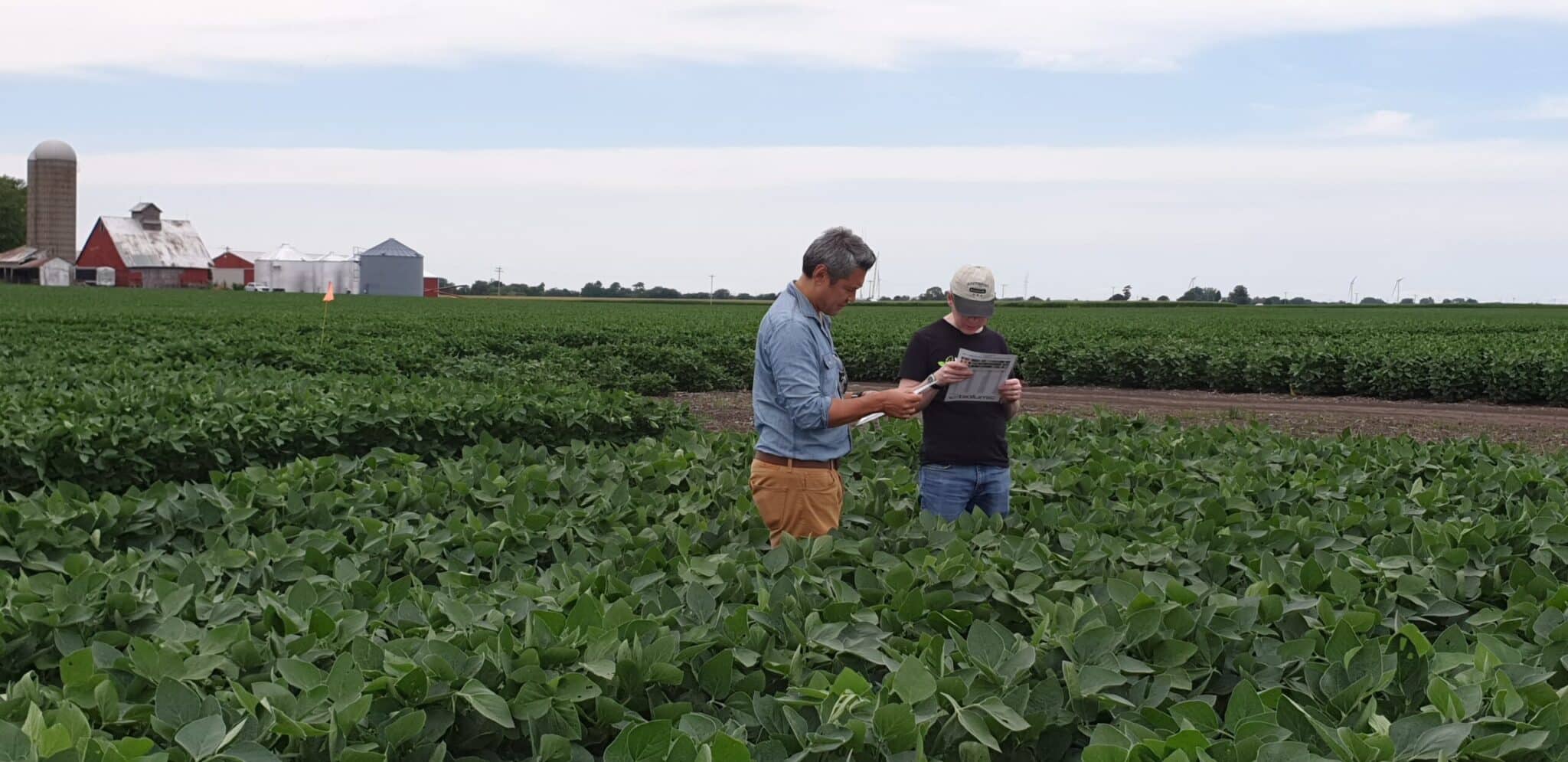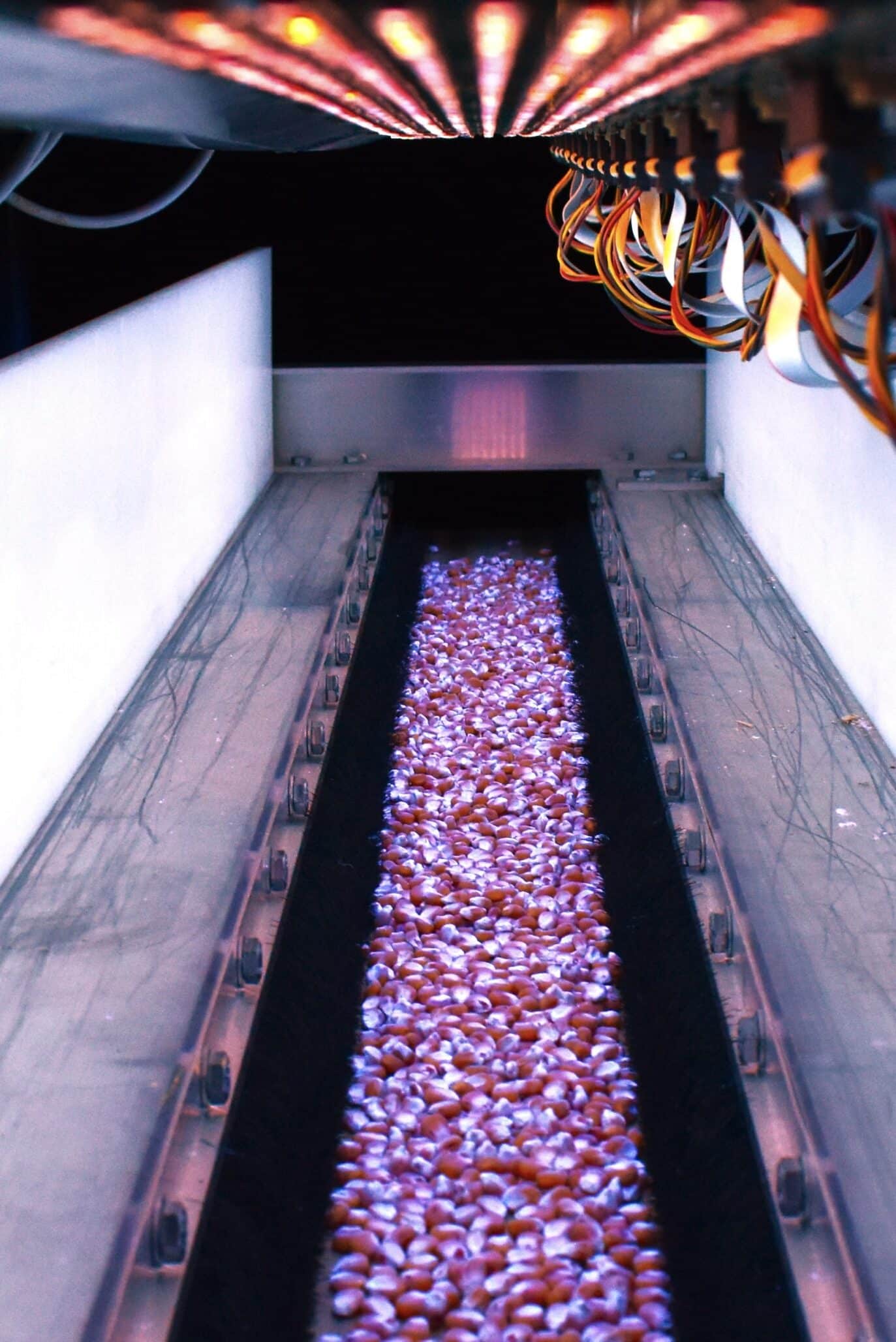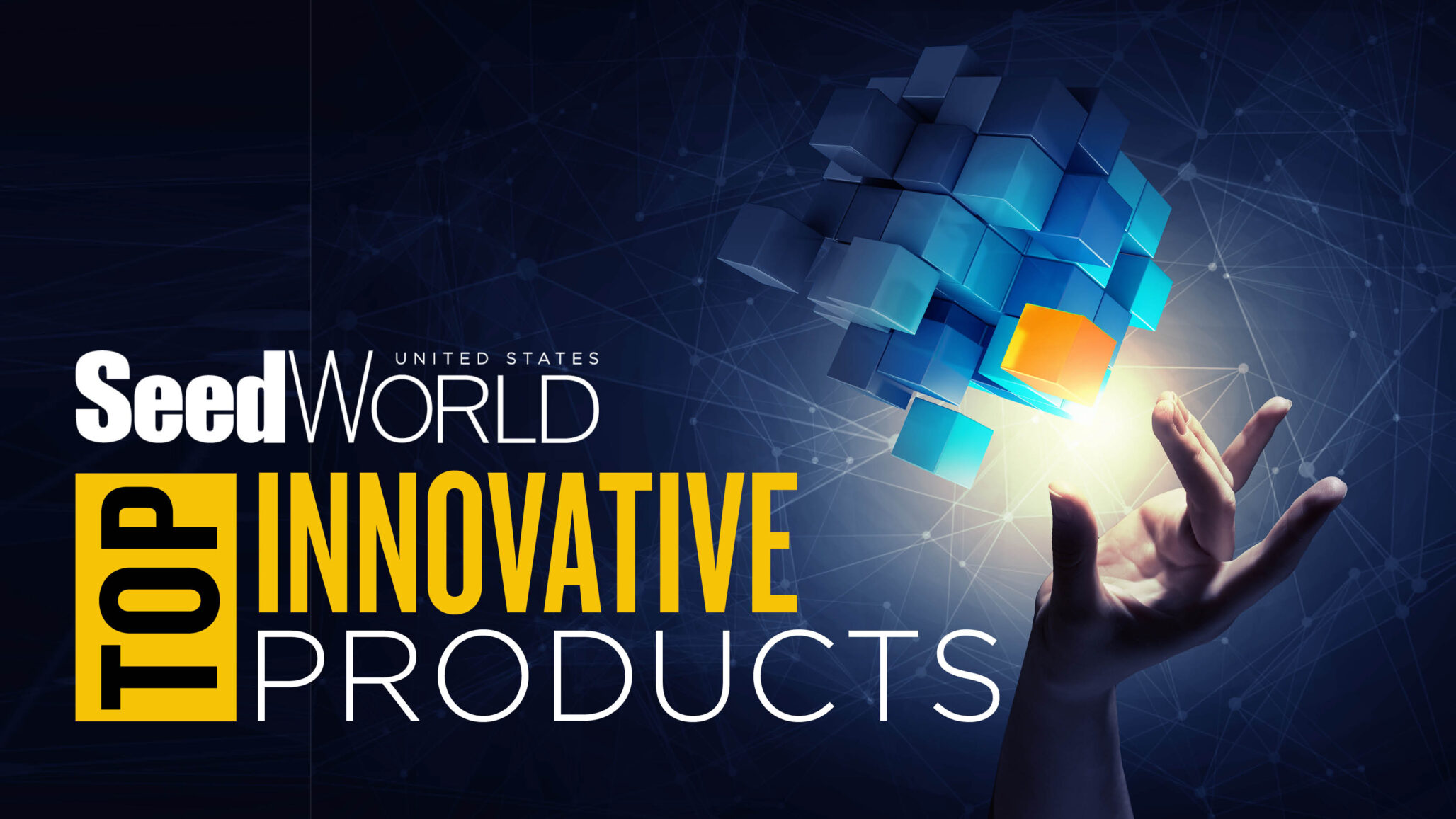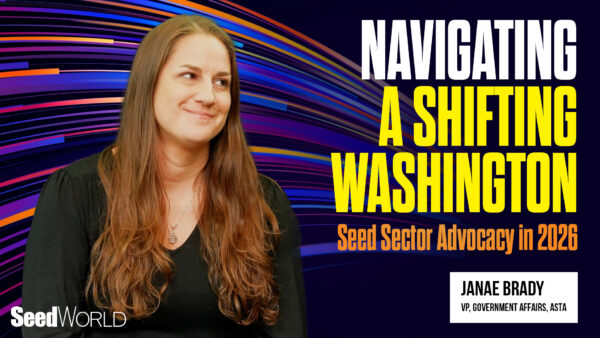It’s time to shed some light on seeds. UV light, that is.
BioLumic recently partnered with Gro Alliance to bring Ultraviolet light-activated seed treatments to a commercial scale. The right ‘recipe’ of UV light exposure can trigger desirable results in crops such as altered nutritional profiles, pest and disease resistance, and increased yields. BioLumic’s current target is to see a 10% yield increase in crops grown from UV-treated seeds over crops from conventionally treated seeds.
“There’s science background around UV signaling in scientific literature,” explains Jason Wargent, BioLumic’s founder and chief science officer. “[Seeds have] photoreceptors specific to UV. We know that the capability of the signaling is so vast that many different things can be turned on, just through the UV signaling pathways in plants.”
Wargent founded BioLumic after studying the effects of UV light on plants for his master’s degree and Ph.D.
Biolumic’s initial work was on clonally reproduced plants like strawberries, but Wargent says he was impressed to find the treatments also worked on seeds. The company focused on soybean seeds first and then added corn, knowing that row crops are a key focus in the seed market.
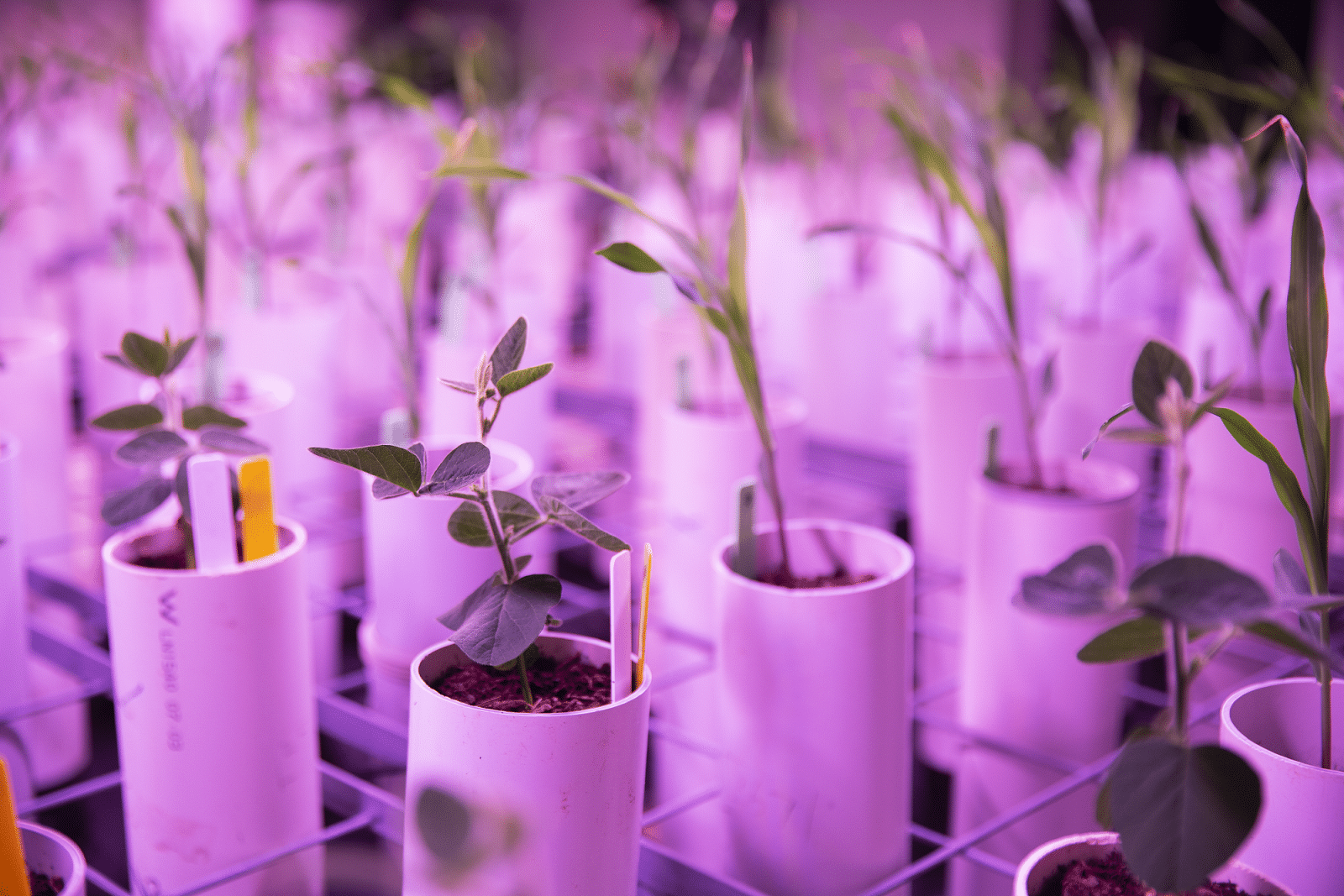
Varying combinations of UV wavelength and exposure time result in different possible treatments for seeds. Wargent explains there are an estimated at least 2.5 billion possible seed treatments that can be created with BioLumic’s platform.
The company has now completed early-stage trials on about a dozen crops and developed a streamlined process for determining a new treatment in a new crop. The process is as follows:
- Screen for existing genes that are responsive to light recipes in a target crop.
- Run trial UV light treatments on sample seeds.
- Plant treated seeds.
- Survey the resulting plants’ gene expression at the early emergence stage of growth.
- Field test seeds that show the team’s desired gene expression.
- Build and apply models of relationships between gene expression markers and desired traits.
- Record the light treatment ‘recipes’ that displayed desired traits to use again with specific crop variety/genetics.
With each trial, the models improve. BioLumic has a prototype of their commercial setup in Champaign, Illinois. Seeds travel under the lights on a conveyor belt, and treatment takes only a few seconds. The researchers can treat seeds with 20 to 30 selected UV recipes from the data model and quickly survey for desired gene expressions when plants first emerge from the soil. The seedlings showing desired gene expression can go to the field.
“One of the things we see as being really powerful for the commercialization of the work is that this isn’t like breeding where you have to spend multiple years breeding in a trait,” Wargent says. “You can turn around a recipe placement within a season. It could be done as pre-season preparation. It’s like an instantaneous production of an outcome.”
In addition to facilitating yield increase, UV technology is also useful for other targets like disease prevention and pest resistance. Early-stage data regarding soybeans and herbivores in a greenhouse experiment showed a 50% decrease in pest feeding on the leaves of plants grown from treated seeds.
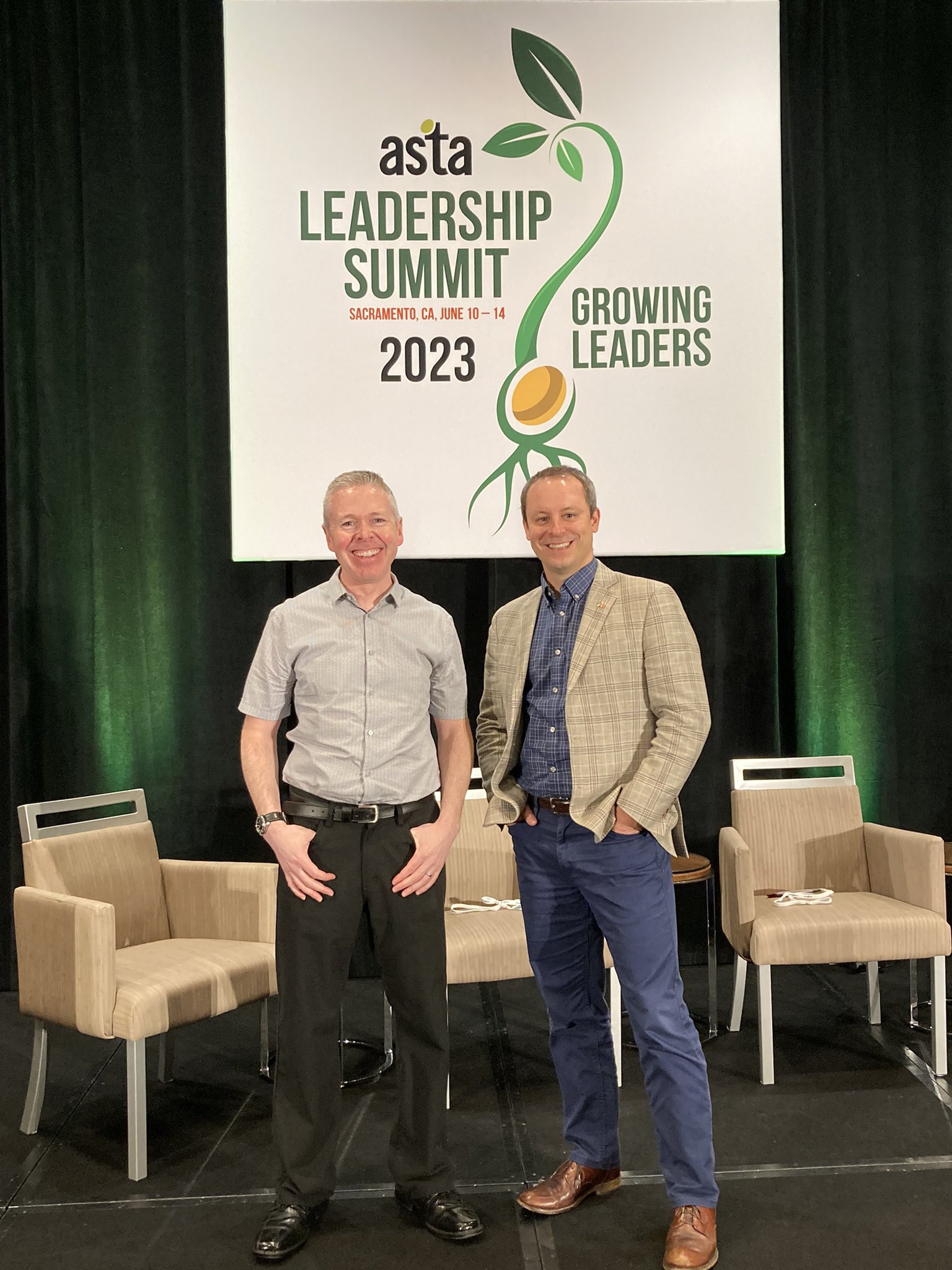
Partnering up
Wargent says BioLumic is ready to commercialize. Over the past couple years, the company has completed nearly 4,000 field trials in the United States. In June 2023, they partnered with Gro Alliance, a seed supply chain solutions company. Gro Alliance works directly with seed companies, breeding organizations and startups to bring in new technologies or enhanced seed products to farmers.
“Anytime we see something novel that we believe could represent a step change in performance or could reduce inputs and still help farmers achieve more output, we pursue those opportunities and want to partner with those companies,” says Jim Schweigert, Gro Alliance president. “We believe that sustainable innovative solutions to reduce inputs and increase outputs is where agriculture is heading.”
Wargent adds they have not yet established pricing but he expects it will be comparable to typical single seed treatments.
There are also no regulatory hurdles to overcome. UV light is nonionizing radiation; it’s not genetic modification or chemistry and researchers are not applying anything to the germplasm in terms of physical materials.
“What we’re doing is truly clean and green,” Wargent says.
The team will install the first commercial-scale light application in 2024 at Gro Alliance’s production facility in Mt. Pulaski, Illinois.
“(We will offer the opportunity for) companies to bring their genetics to us with (Gro Alliance) as a hub for treatment,” Wargent adds. “We match the recipes now through the fall of next year so we have the recipes in place, and then (the seeds) go out into testing sites around the U.S.”
“Our role here is to provide the facility and infrastructure to get it to commercial scale,” Schweigert says. “(We will) receive the seeds, run them through the UV light application system, and package those seeds so they can be shipped to the customer or back to the seed company for further packaging or further treatment.”
For now, farmers may still want to use traditional fungicides and insecticides to protect the seed in the ground, but Schweigert considers it possible that synthetic chemical applications might be unnecessary in the future.
“The main focus has been on yield,” he says. “But there’s virtually unlimited opportunity to use different UV light recipes with different varieties for different outcomes.”
He lists possibilities such as increasing oil and protein, speeding up germination, stimulating faster development and promoting root growth as other opportunities that could be promoted via UV treatment.
“Could soybeans have a better root system so they’re able to power through dry weather?” Schweigert questions. “Could they get out of the ground faster and get to sunlight capture quicker? We think about it in terms of what agronomic characteristics we could maximize.“
“It democratizes yield improvement because you can take seed from any company, and by finding the right UV light recipe, you can improve those seeds a step beyond what they’re doing as a breeding organization,” Schweigert adds. “Germplasm providers are still going to work on genetic improvements through gene editing and other breeding techniques, but now you’ve got this opportunity to speed up yield enhancement by several years with UV light application.”
“It’s clear that all varieties of crops have significant headroom for improvement,” Wargent says.” Our view is that we’re unlocking that.”


